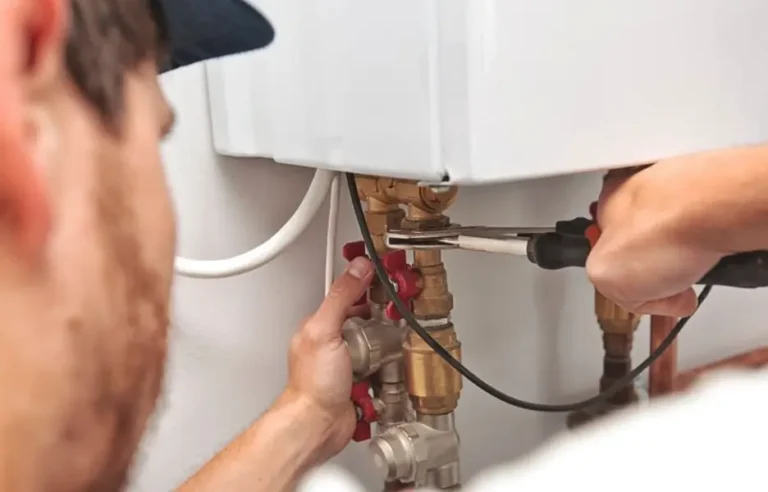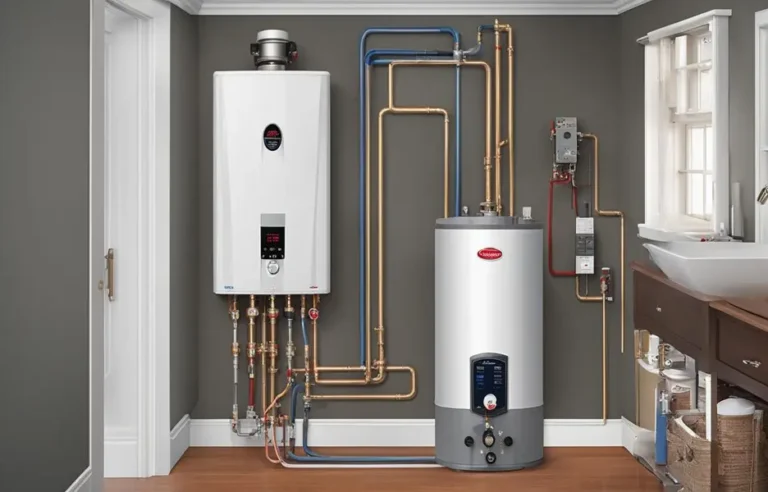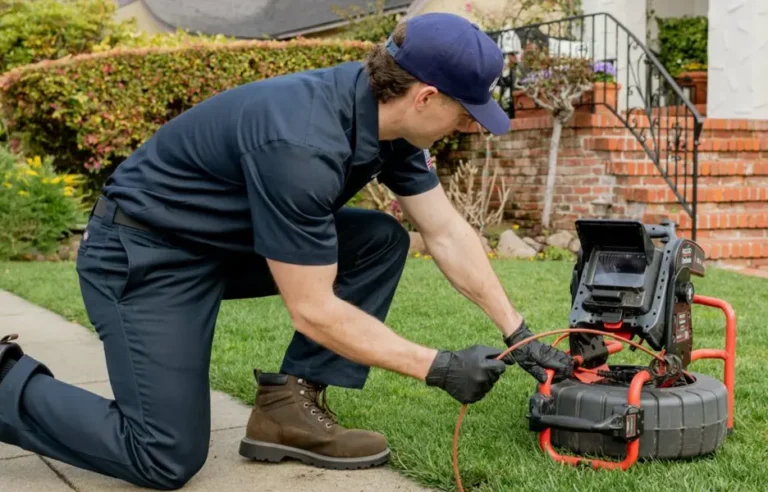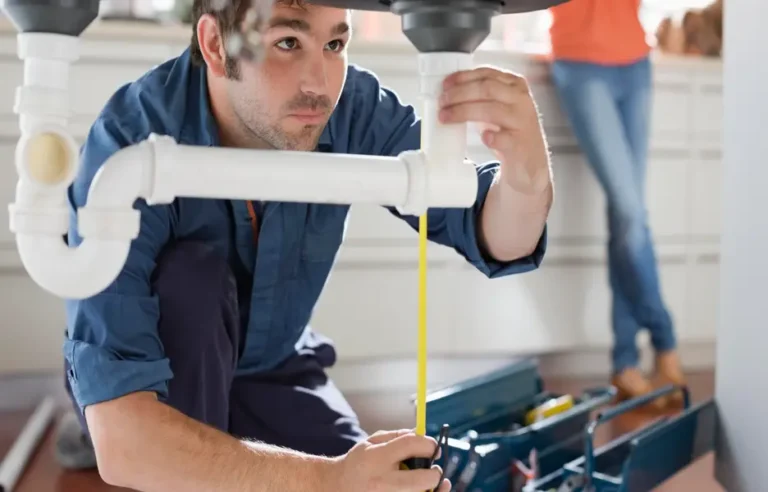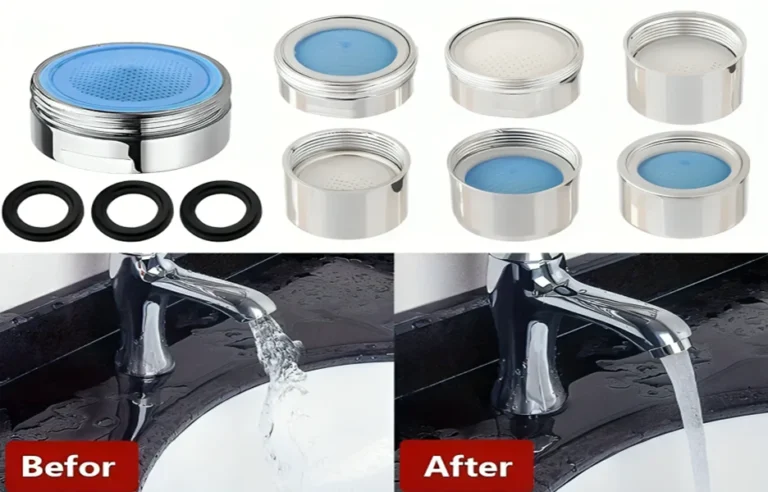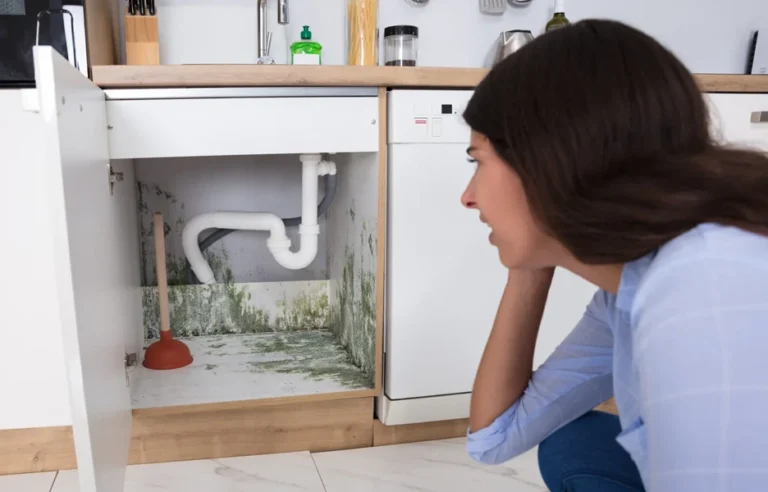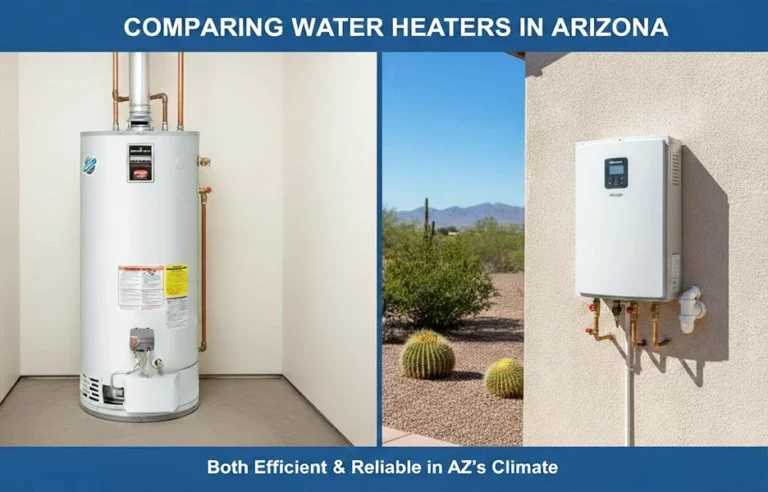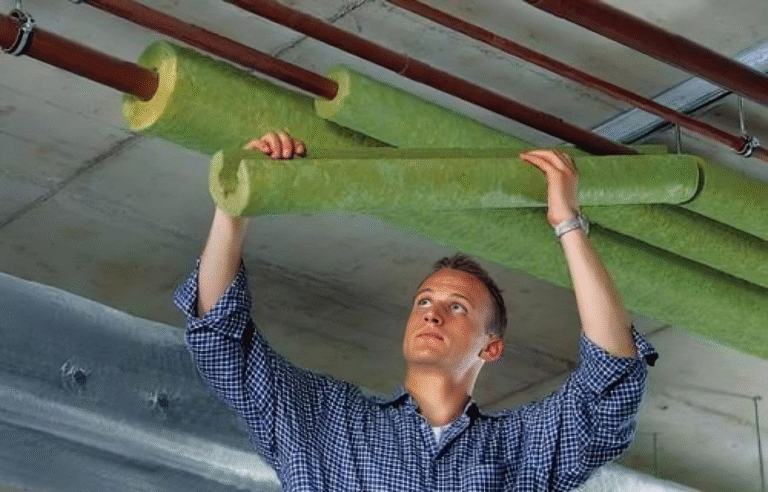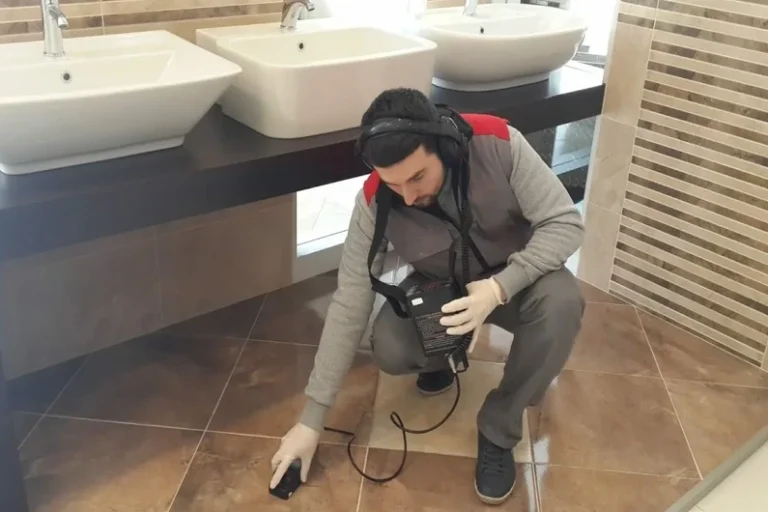Buying a new home in Arizona is exciting—but it also comes with responsibilities, especially when it comes to plumbing. Arizona’s unique conditions, like hard water and extreme heat, can wear down pipes and fixtures more quickly than in other regions. This plumbing checklist will help you assess the condition of your plumbing system and prevent future problems before they become expensive repairs.
1. Inspect for Leaks
Faucets, Toilets & Fixtures
Check under sinks, around toilets, and behind appliances for moisture, drips, or water stains. Even small leaks can lead to mold or structural damage if ignored.
Outdoor Spigots & Irrigation
Make sure hose bibs and sprinkler connections are tightly sealed and show no signs of leaks. Leaking outdoor fixtures are common in Arizona due to intense heat exposure.
🔍 Not sure if you have a leak? Contact Aqua Plumbing for a professional leak detection service in Arizona.
2. Test Water Pressure
Water pressure that’s too high can stress your pipes and fixtures. Use a pressure gauge (available at hardware stores) to check that your home pressure is between 40–60 psi. Anything above 80 psi should be addressed by a plumber—possibly with a pressure regulator.
3. Examine the Water Heater
-
Check the manufacture date (water heaters usually last 8–12 years)
-
Look for corrosion, leaks, or rust on the tank
-
In Arizona, sediment buildup is common due to hard water—consider flushing the tank every 6–12 months
🚀 Need help? Explore our water heater maintenance services in Arizona.
4. Look for Signs of Hard Water
Arizona is known for extremely hard water, which can cause:
-
Mineral buildup on faucets and showerheads
-
Reduced water heater efficiency
-
Soap scum and scale in tubs or sinks
Consider installing a water softener to extend the life of your plumbing system and appliances.
5. Locate and Test the Main Shutoff Valve
In case of an emergency leak or burst pipe, you need to know how to shut off the water quickly. Locate the main shutoff valve (usually in the garage or front yard near the meter) and make sure it turns easily.
6. Schedule a Sewer Line Inspection (Especially in Older Homes)
If your new home is more than 20 years old, it’s wise to have a professional plumber do a camera inspection of your sewer line. Arizona’s clay soils can cause shifting and root intrusion, especially if the line runs near trees or landscaping.
📹 Learn more about our sewer camera inspection services in Arizona.
7. Check Washing Machine Hoses and Drains
Inspect hoses for bulging or cracks, and make sure the drain is free from clogs. Consider switching to stainless steel braided hoses for better durability.
8. Verify Proper Ventilation for Plumbing Appliances
Gas water heaters, dryers, or furnaces need adequate ventilation. Make sure vents are not blocked and that exhaust gases are safely directed outside.
9. Check for Slow Drains
Slow-moving water in sinks, tubs, or toilets could indicate a partial clog. Use natural drain cleaners or call a plumber before it becomes a full blockage.
10. Schedule Preventive Maintenance
Establish a relationship with a trusted, licensed plumber in your area. Consider an annual plumbing inspection to catch issues early, especially before the hot Arizona summer hits.
🛠️ Aqua Plumbing offers comprehensive preventive maintenance plans for homeowners across Arizona.
Final Thoughts
Moving into a new home is the perfect time to start fresh with your plumbing maintenance habits. Arizona’s climate poses unique plumbing challenges, but with this checklist, you can avoid common pitfalls and keep your system running smoothly for years to come.
Download a printable version of this checklist: [Arizona Plumbing Checklist PDF]
Need a Professional Plumbing Inspection?
☎️ Contact Aqua Plumbing today for a comprehensive plumbing checkup!
✅ Licensed & Insured | Serving All of Arizona | Emergency Services Available


